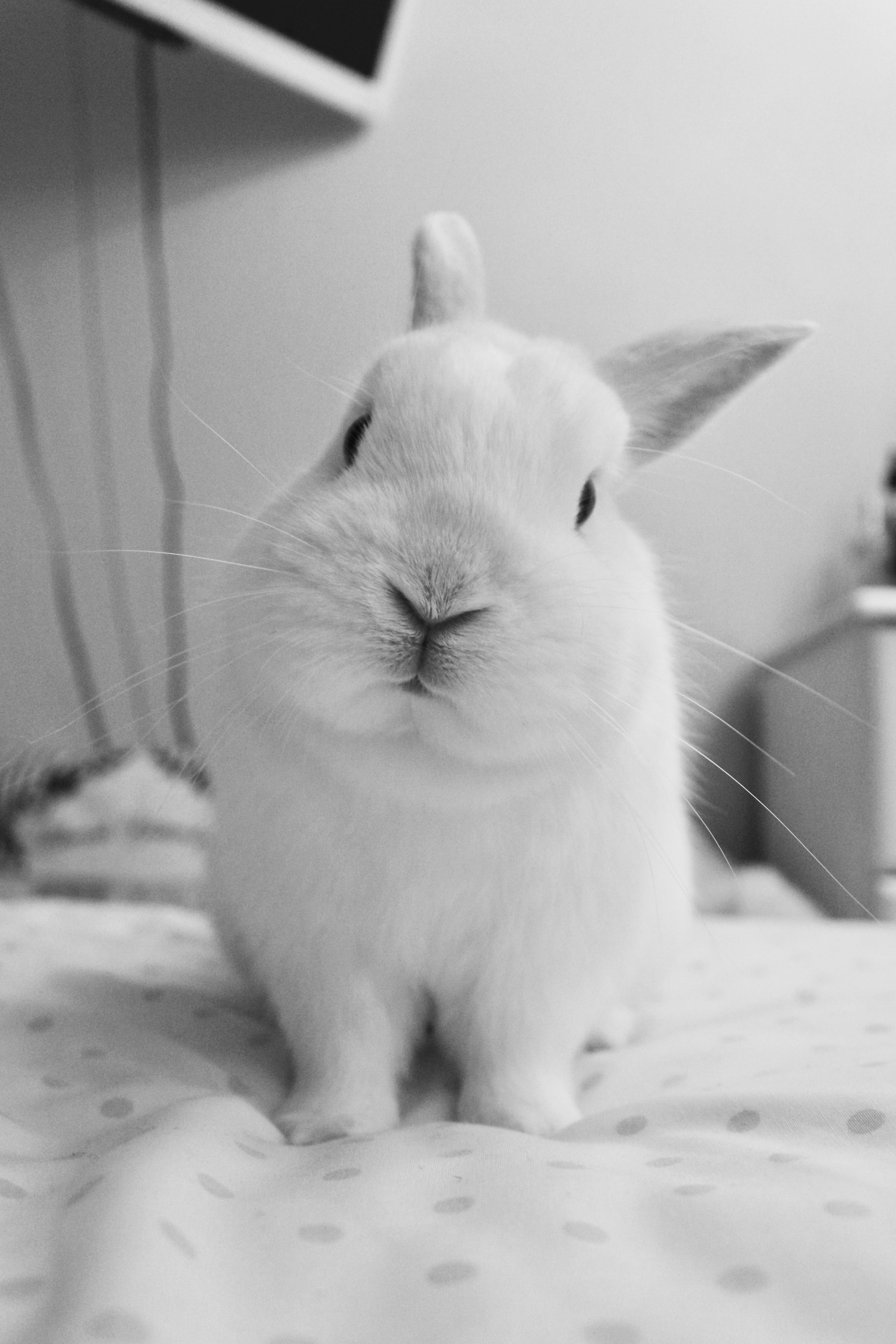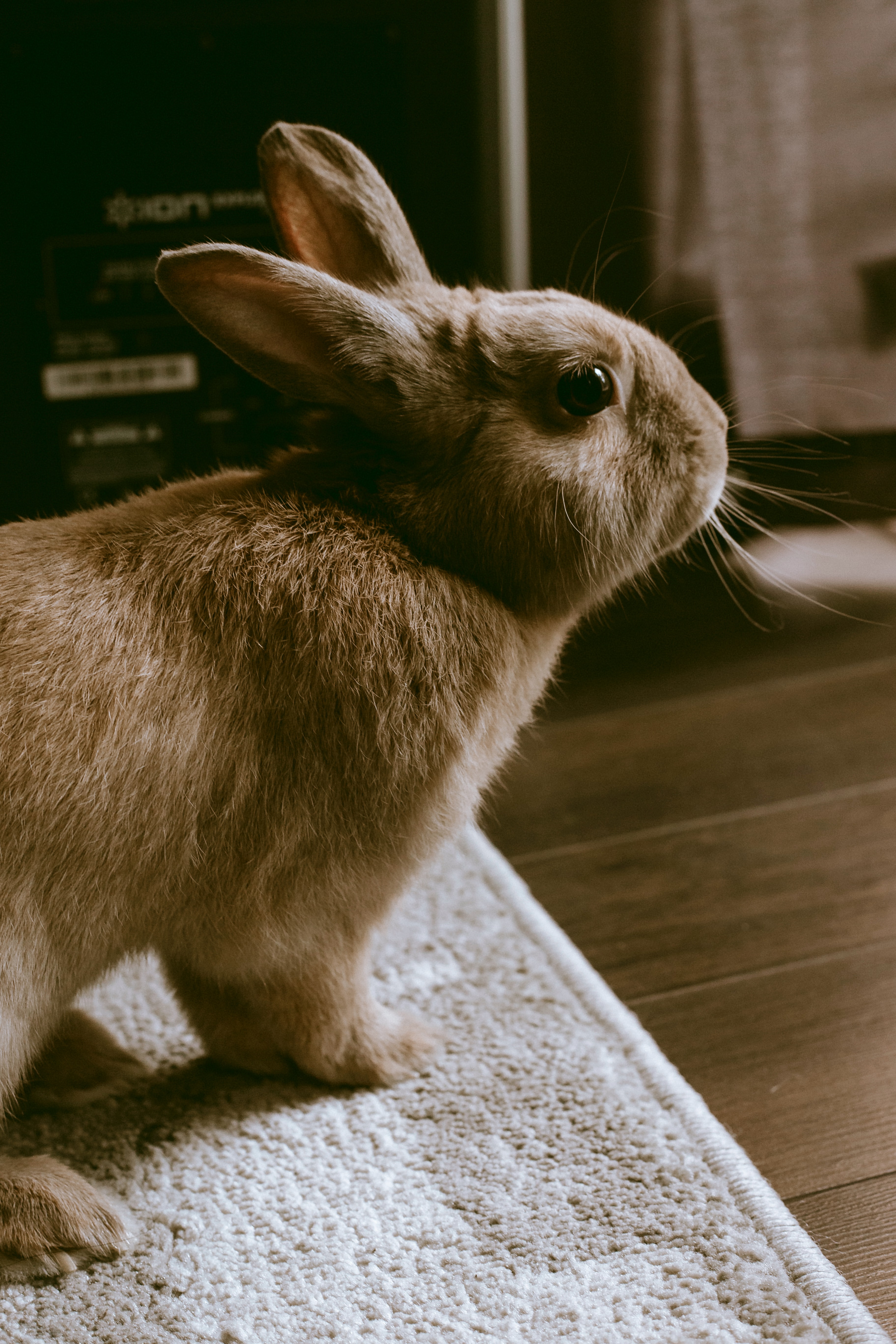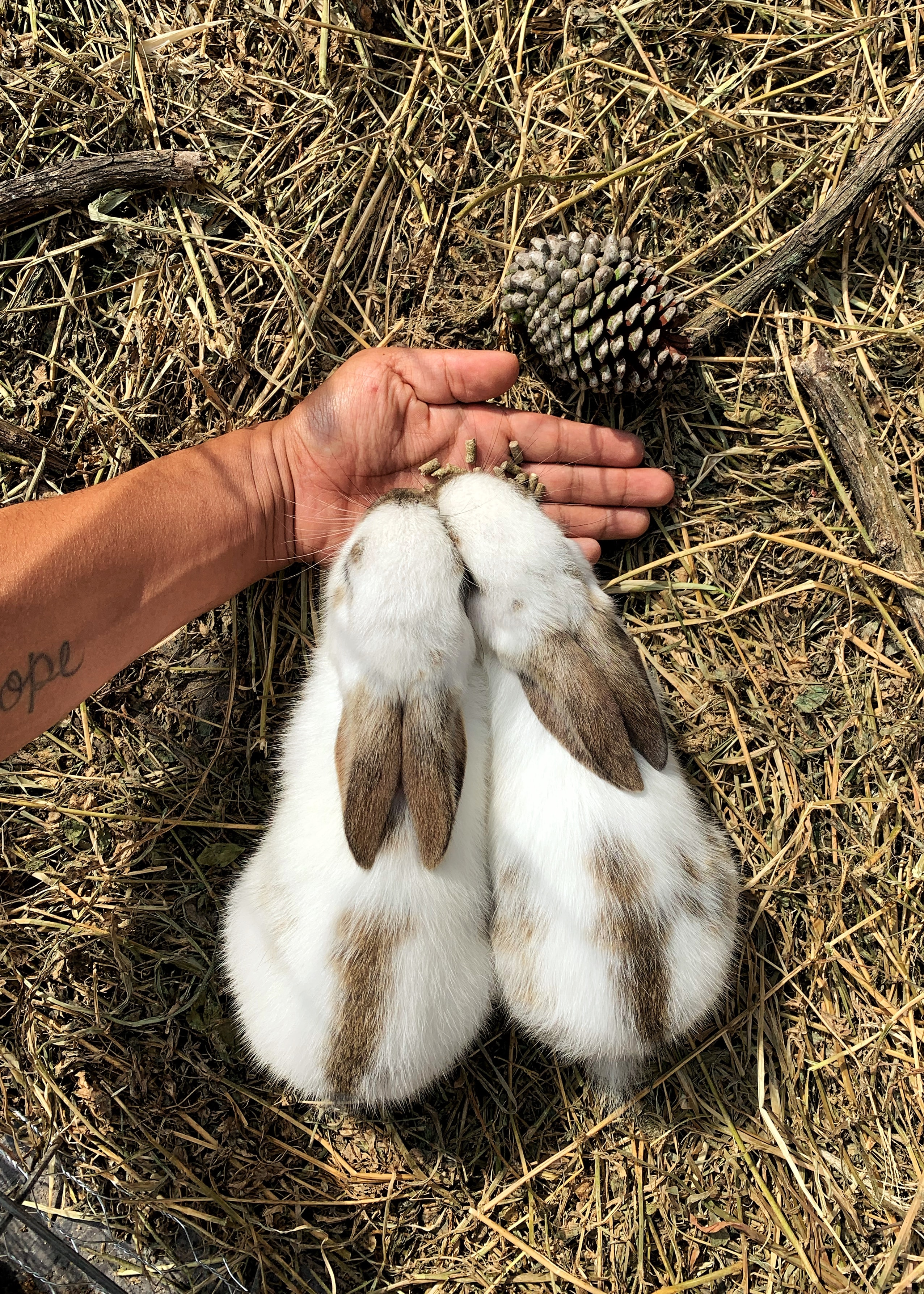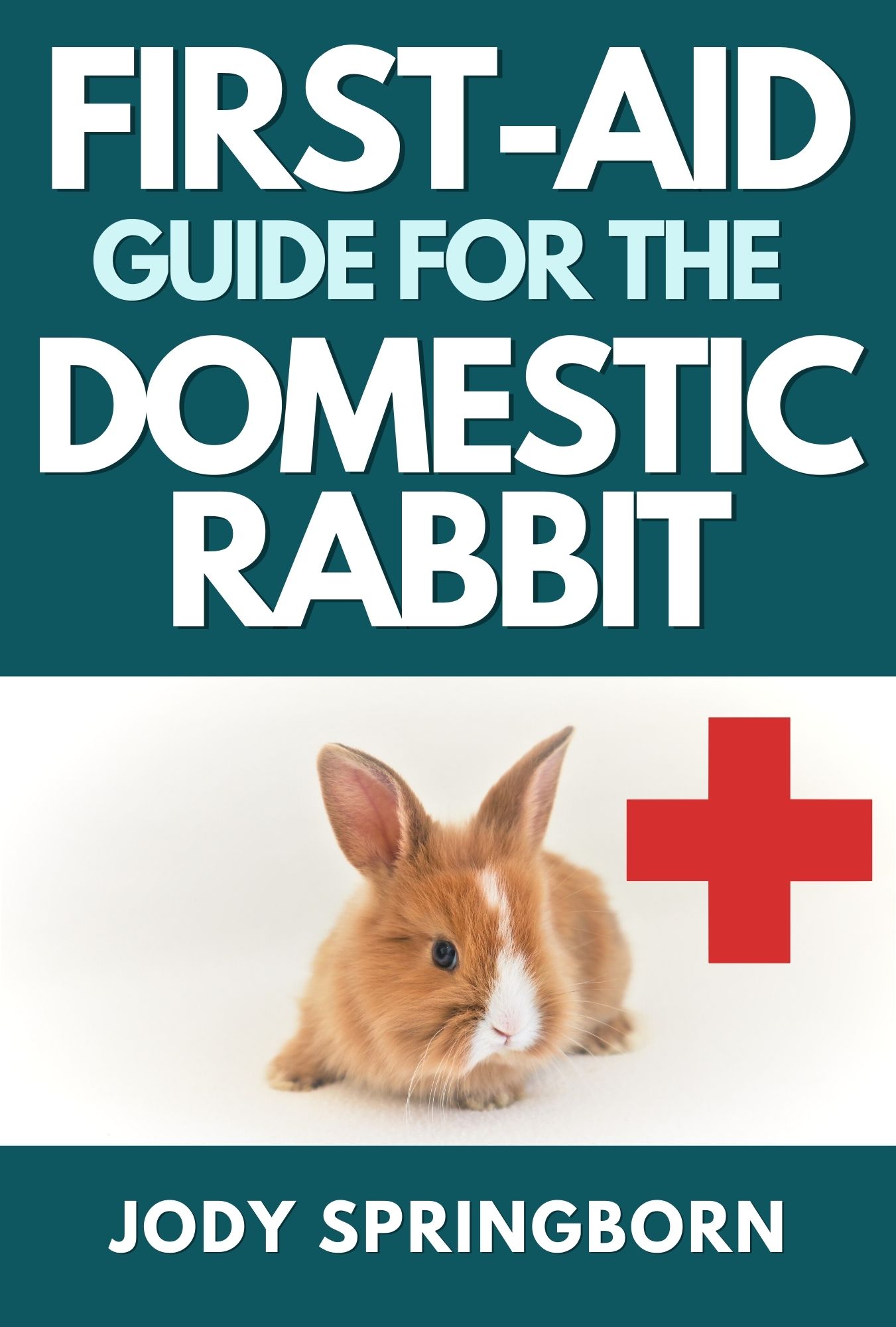- Home
- GI Stasis in Rabbits
GI Stasis in Rabbits
 Photo by Степан Галагаев on Unsplash
Photo by Степан Галагаев on UnsplashThe information presented is for educational purposes only and does not substitute veterinarian care. This information should not be used for diagnostic purposes, for treatment of an illness or injury and never should be substituted for veterinarian care by a licensed veterinary practitioner. The Educated Rabbit cannot be held responsible for the accuracy of the information contained, nor be held responsible for any action, based on information found in The Educated Rabbit.
Seek advice from your veterinary professional for any rabbit health issues and before administering any drugs!
Help! My Bunny Isn't Eating!
Gastrointestinal (GI) stasis in rabbits is the most common condition owners will probably encounter, usually at least once in their bunny's life. GI stasis (also known as ileus or gastrointestinal hypomotility) is not so much a disease as it is a symptom of an underlying problem - just like coughing isn't a disease, but a symptom of a cold, flu or other respiratory disorder.
GI stasis is normally characterized by the following signs:
- Lack of appetite
- No or abnormal poop (can be hard to tell if you have multiple rabbits)
- Abnormal temperature (either too low or too high)
- Teeth grinding
- Looks uncomfortable, lethargic or in pain
- Abnormal gut sounds - either complete silence or very loud gurgling sounds
A bunny in stasis does not have to exhibit every single one of these signs, but it will probably show at least one. Read more on Identifying Rabbit Pain.
IMPORTANT: If your bunny has not eaten in 12 hours or the body temperature is below 99F (37.2C), take your bunny to the vet immediately!
What Is It and Why Does It Happen?
 Photo by Lucy M on Unsplash.
Photo by Lucy M on Unsplash.GI stasis in rabbits is a slow-down of the rabbit's digestive system. It is not a blockage - that is bloat and is an immediate emergency. There is usually something else that will trigger GI stasis. If your rabbit goes into stasis frequently, make an appointment with a rabbit-savvy vet to learn what the underlying cause could be.
Common causes of GI stasis:
- Bad diet. A rabbit's digestive system requires a diet high in fiber, low in sugars and plenty of fresh water. A pellet-only - or even worse - a carrot-only diet is quickly going to wreck havoc in a rabbit's digestive system due to the imbalance of gut flora.
- Dental issue. Rabbit's teeth continually grow. This can potentially be a problem if the teeth stop grinding down properly and they start growing abnormally, causing pain. Other dental issues may be a tooth root infection.
- Infections, abscesses or tumors. Abscesses are pockets of fluid and pus, which can be found in any part of the body, including organs and bone.
- Urinary tract disorders. This may be infections, kidney stones, bladder sludge, kidney failure, etc.
- Fractures, breaks or severe arthritis.
- Stress and/or pain. This can be from something as simple as fireworks going off in your neighborhood, not wanting to be handled or being transported to the vet or boarding facility. It can also be from an event as dramatic as losing a bonded companion, a new environment (moving) or the death of the owner.
- Intolerance to medications.
Note: It used to be assumed that a rabbit would stop eating and pooping because there was a hairball stuck somewhere in the gut. Research has found that hairballs (or trichobezoar as it is officially known) are the result of GI stasis and not the cause. Rabbits will always ingest a large amount of fur, because they are always grooming themselves. A high fiber diet will remove it from their system efficiently.
Some people try pineapple or papaya to dissolve hairballs. There are several problems with this. The active enzymes (found only in fresh pineapple and papaya) do not dissolve the hair and the increased sugar in these fruits will exacerbate any digestive issues by fueling an overgrowth of bacteria.
Petroleum-based products like Laxatone, which is routinely given to cats, are not recommended for rabbits, as it coats any intestinal mass and prevents any sort of hydration to penetrate and loosen it up.
Disease Progression
 Photo by Natasha Reddy on Unsplash
Photo by Natasha Reddy on UnsplashGI stasis in rabbits should never be ignored. The faster you detect your rabbit isn't feeling well and act on it, the faster your bunny will recover. For example, if you saw your bunny eat his dinner, then two hours later he refused treats, he can make a full recovery within a couple of hours with prompt treatment. However, if you decide you will check on him in the morning, the situation may be much more serious and your bunny may need hospitalization.
Some people may describe GI stasis as an upset tummy, which minimizes this condition. The following is what happens once GI stasis is triggered (by stress, dental pain, disease, etc.) and subsequently left untreated. Every stage is progressively worse than the previous and becomes increasingly difficult to reverse and thus increasingly more life-threatening.
- Slow down in gut motility. The bunny stops eating. Hairballs may form.
- Overgrowth of bacteria and yeast in the stomach and cecum, causing an accumulation of gas and toxins.
- The expansion of gas in the digestive tract causes pain and further inhibits gut motility.
- The uptake of water and electrolyte imbalances causes dehydration.
- Continued anorexia releases fatty acids, resulting in ketoacidosis (the build-up of acids in the blood after the body begins to break down fat) and hepatic lipidosis (the liver cells are filled with fat and the liver cannot function properly).
- Liver failure and death.
Preventing GI Stasis in Rabbits
 Photo by Diego Rodriguez on Unsplash
Photo by Diego Rodriguez on UnsplashThe best way to avoid GI stasis is to provide your bunny with a proper, high-fiber diet. However, that may only limit how often your bunny gets sick.
The important thing is to get to know your rabbit very well. Is he the type of bunny who stresses easily? What is his trigger - is it handling, loud noises, barking dogs, etc.? Minimizing these kinds of stresses as much as possible will also help keep your bunny eating.
Bonding with your rabbit will also quickly alert you to anything out of the ordinary. The faster you detect anything wrong, the faster you can help your bunny.
Available Now!

Often times, rabbit health issues require immediate attention. My First Aid Guide for the Domestic Rabbit will show you the most common health issues and teach you the basic skills you should have when your bunny needs you the most. There are over 100 color photos that show you all the supplies you need and how to help your rabbit in easy to follow step-by-step instructions.
Further Reading
Harcourt-Brown, Frances. 2002. Textbook of Rabbit Medicine. Oxford: Butterworth Heinemann 257-261
Krempels, D., Cotter, M., Stanzione, G., 2000 Ileus in Domestic Rabbits. Exotic DVM. Vol 2.4.


